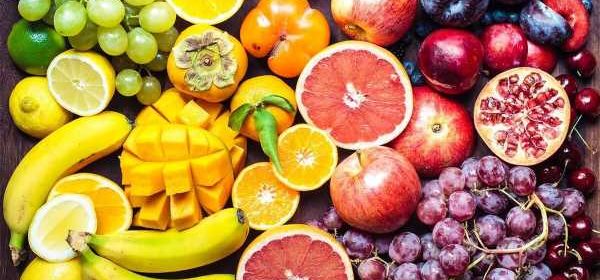Seven fruits that could cause rise in blood sugar include orange

Type 2 diabetes can be a 'devastating diagnosis' says expert
We use your sign-up to provide content in ways you’ve consented to and to improve our understanding of you. This may include adverts from us and 3rd parties based on our understanding. You can unsubscribe at any time. More info
When it comes to controlling type 2 diabetes, the biggest weapon in your arsenal is your diet. Although you can tame your high blood sugar levels through healthy food choices, sometimes, it’s not clear what you should avoid. And “care should be taken” around certain fruits, according to Diabetes.co.uk.
Packed with vitamins and minerals, various colourful fruits have a lot to offer for your health.
While almost all fruits count towards your five a day, the sweet snacks also contain two types of sugar – fructose and glucose.
Different foods have a different effect on your blood sugar levels but the glycaemic index (GI) can help you distinguish the good from the bad.
Unfortunately, some fruits score high on this scale, leading to a potential blood sugar spike.
READ MORE: Heart attack: How often you go to the toilet daily signals risk of ‘future’ heart attack
In case you’re not aware, the glycaemic index explains at what rate your body breaks down carbohydrates to blood sugar, with foods being ranked either as low, medium or high.
This means that foods that rank high in GI are quickly broken down into blood sugar.
People with diabetes refer to sharp rises in blood sugar like this as spikes.
Although fruits tend to have a low GI score, there are some exceptions to this rule.
According to Diabetes.co.uk, higher GI fruits include banana, orange, mango, grapes, raisins, dates and pears.
The health portal explains that eating high GI foods “can be dangerous” for those with the blood sugar condition.
It states: “For those who produce their own insulin, high GI foods can force the body to try to produce a surge of insulin to counteract the quick acting carbohydrates and a common consequence of this is a feeling of hunger within two to three hours, which can leave the dieter craving more food.
“For people with diabetes, this can be particularly dangerous as the ability of the body to control blood glucose levels is reduced or non-existent.
READ MORE: The rare ‘jelly belly’ condition that killed Hollywood star Audrey Hepburn – explainer
“For this reason, people with diabetes have to be careful when it comes to eating high GI foods.”
However, you shouldn’t cut these fruits out completely as their nutritional value has a lot to offer.
The health portal shares that “care should be taken” with fruits and vegetables high in GI instead.
Plus, there are plenty of fruit options that score low like berries, plums, kiwi and grapefruit.
What are the symptoms of type 2 diabetes?
While diabetes symptoms might not necessarily make you feel ill, knowing what to look for can help.
According to the NHS, the main symptoms of type 2 diabetes include:
- Peeing more than usual (especially at night)
- Feeling thirsty all the time
- Feeling very tired
- Unintentional weight loss
- Itching around your penis or vagina, or repeatedly getting thrush
- Cuts or wounds healing slowly
- Blurred vision.
The health service advises seeing a GP if you have any of these symptoms or you’re worried that you may have a higher risk of diabetes.
Source: Read Full Article


